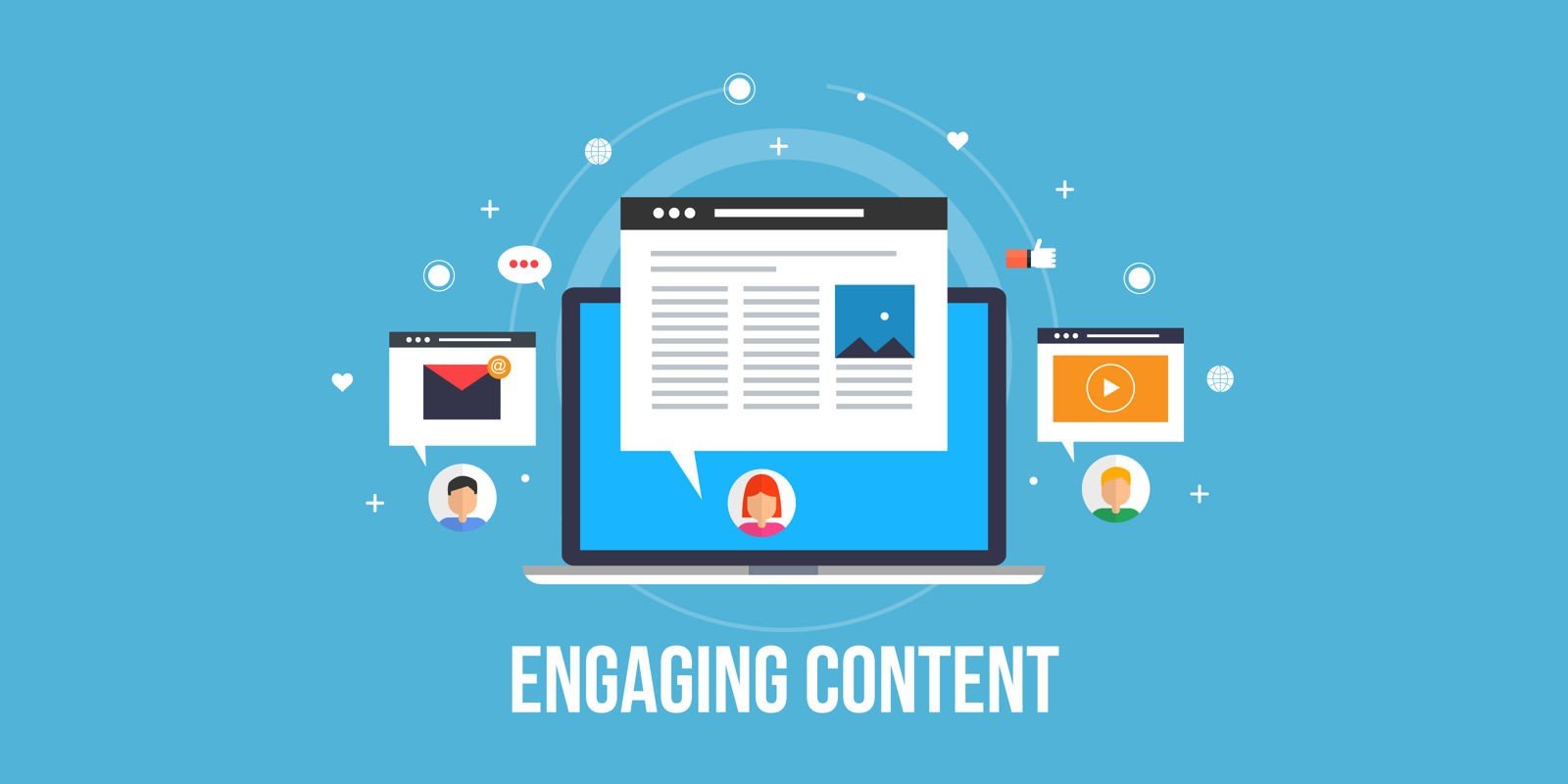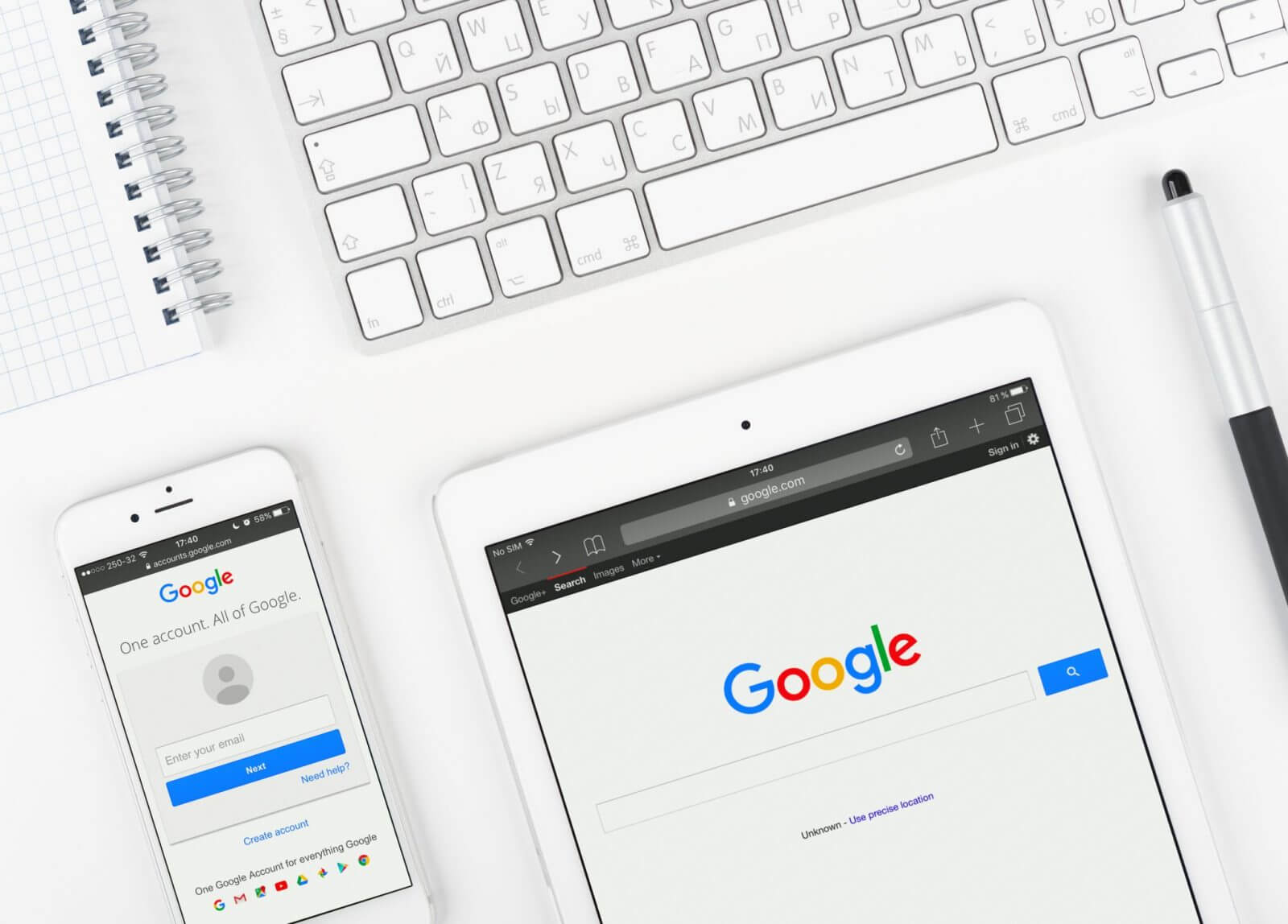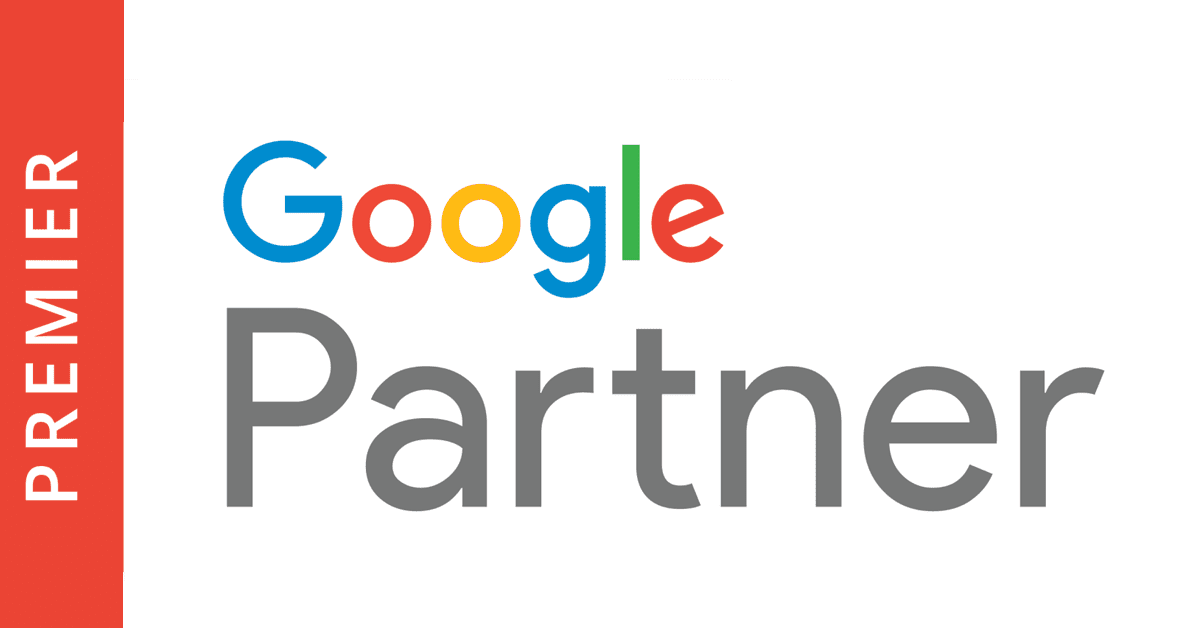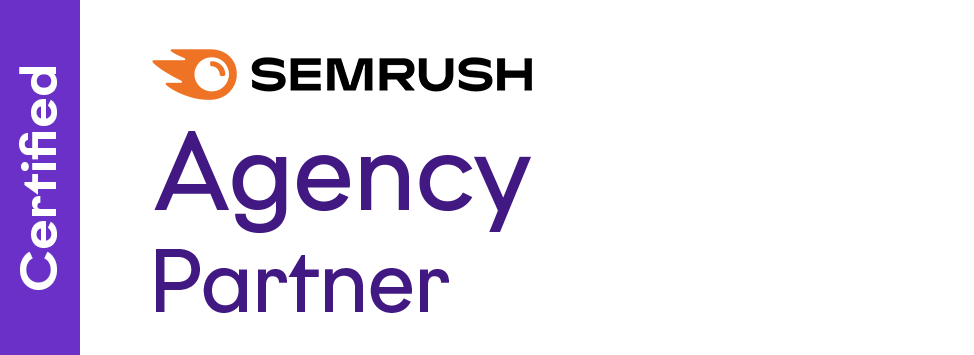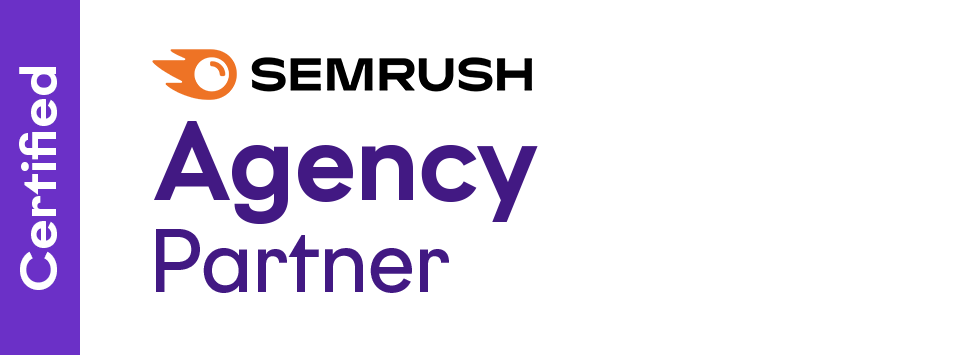A website is often the first point of interaction between a business and its potential customers. As such, good web design is not just about creating a visually appealing site; it’s about crafting an online presence that effectively represents your brand, engages your audience, and drives business success.
Here’s our top four factors to consider when hiring a web designer:
1. Hire a local designer who understands your industry and target audience
Your web designer needs to have a deep understanding of your target audience and industry to create a site that resonates well with your potential clients/customers. This understanding should extend beyond general market trends and delve into the specifics of audience behaviors and preferences, especially if you are targeting a local market.
Working with a local web designer can be particularly advantageous in this regard, as they bring a nuanced understanding of the regional market and culture, and offer the benefit of direct and easy communication. It’s essential for you to effectively communicate your business values, goals, and the specifics of your target market to your designer. This collaboration ensures that the design is not only visually appealing but also strategically aligned with your audience’s needs and your brand’s identity, creating a more effective and engaging online presence.
More on this topic: Creating a Buyer Persona
2. A web designer needs to make your website responsive, accessible and follow best practices
Ensuring your website is responsive, accessible, and aligned with modern best practices is crucial. Here’s a breakdown of what each of these elements entails:
Responsiveness:
- Adapts to various screen sizes and devices, from desktops to smartphones.
- Ensures consistency in design and functionality across all platforms.
- Improves user experience by providing seamless navigation and readability.
Accessible:
- Designed for usability by all people, including those with disabilities.
- Includes features like screen reader compatibility, keyboard navigation, and alternative text for images.
- Follows guidelines like the Web Content Accessibility Guidelines (WCAG) for inclusivity.
Best Practices
- Adheres to current web standards and guidelines for design, coding, and content.
- Focuses on SEO-friendly elements for improved search engine visibility.
- Incorporates user experience (UX) and user interface (UI) design principles for better engagement and usability.
By focusing on these key aspects, your website not only meets the required standards but also excels in providing a superior user experience and broadens its reach.
3. A good web design can help your business succeed
Good web design is more than just aesthetics; it’s a vital component of your business strategy. A well-designed website enhances user experience, improves search engine rankings, and communicates your brand effectively. It can set you apart from competitors and bolsters your overall marketing strategies. In essence, the right web design can be a catalyst for business growth and success.
4. SEO is a crucial factor in web design
A well-designed website is also optimized for search engines. Many web design agencies will claim that their designs are SEO-friendly, but this isn’t always the case. For a website to be truely SEO-friendly, it needs to have the following qualities:
- SEO-Friendly Navigation: Ensure your site navigation is easy for both users and search engine crawlers to understand, which can improve your site’s indexability.
- A Mobile-Friendly Design: With mobile devices accounting for significant web traffic, search engines like Google prioritize mobile-friendly websites. Ensure your website design is responsive and offers a seamless experience across all devices, particularly mobile phones.
- Great User Experience (UX): A website with a good user experience keeps visitors engaged longer, reducing bounce rates. This includes intuitive navigation, clear call-to-action buttons, and a user-friendly layout.
- Good URL Structure: URLs should be concise, readable, and include relevant keywords. A well-structured URL helps search engines understand the page’s content and can improve click-through rates.
- Fast Load Times: Website speed is a critical ranking factor. Optimize images, use efficient coding, and leverage browser caching to ensure your website loads quickly. Slow-loading websites can lead to higher bounce rates and lower rankings.
More on SEO: 7 SEO Tactics to Improve Your Business Website’s Visibility
Why is a well-designed website so important?
An Enhanced User Experience Leads to Customer Retention
Good web design focuses on providing an excellent user experience (UX). A site that’s easy to navigate and provides relevant information quickly and efficiently encourages visitors to stay longer and explore more. This not only increases the likelihood of conversion but also fosters brand loyalty and repeat business.
Effective Communication of Your Brand
Your website is a powerful tool for communicating your brand’s message, values, and offerings. Good design integrates elements like colour, layout, and imagery in a way that resonates with your target audience, effectively conveying what your brand stands for and what it offers.
Mobile Optimization for Wider Reach
Mobile optimisation is a critical aspect of web design with the increasing use of smartphones for internet browsing. A mobile-responsive website ensures that your site looks and works great on all devices, expanding your reach and making your site accessible to a broader audience.
Competitive Advantage
In competitive markets, a well-designed website can set you apart from your competitors. It shows that you value your online presence and are committed to providing the best experience for your customers, which can be a deciding factor for many users when choosing between brands.
Questions you should ask before you hire a web designer
Before hiring any web designer, it’s a great idea to ask quite a few questions. Here are some great questions you can ask before proceeding:
- Can you show me examples of websites you’ve designed?
- Do you have experience in my industry?
- How do you approach user experience and design?
- What is your process for developing a website?
- How do you handle website responsiveness and mobile optimization?
- Can you incorporate SEO best practices into the website design?
- How do you plan to integrate my brand into the website design?
- What content management system (CMS) do you recommend and why?
- How will we communicate and collaborate throughout the process?
- Can you provide references or testimonials from past clients?
- What is included in your pricing, and what might cost extra?
- How do you approach website maintenance and updates post-launch?
- What training or support do you offer for managing the website?
- How do you ensure the website is secure?
Final Thoughts
Investing in good web design is investing in your business’s future. It’s not just about creating an aesthetically pleasing online space; it’s about building a platform that communicates your brand, engages with your audience, and ultimately drives business growth and success. In the digital world, your website is one of your most powerful assets, and it’s crucial to get it right.
Here at Digital Eagles, we offer high-quality web design services for businesses of all shapes and sizes and lots of different industries. Don’t hesitate to contact us for a personalized discussion on how we can elevate your online presence with our expert web design solutions.











